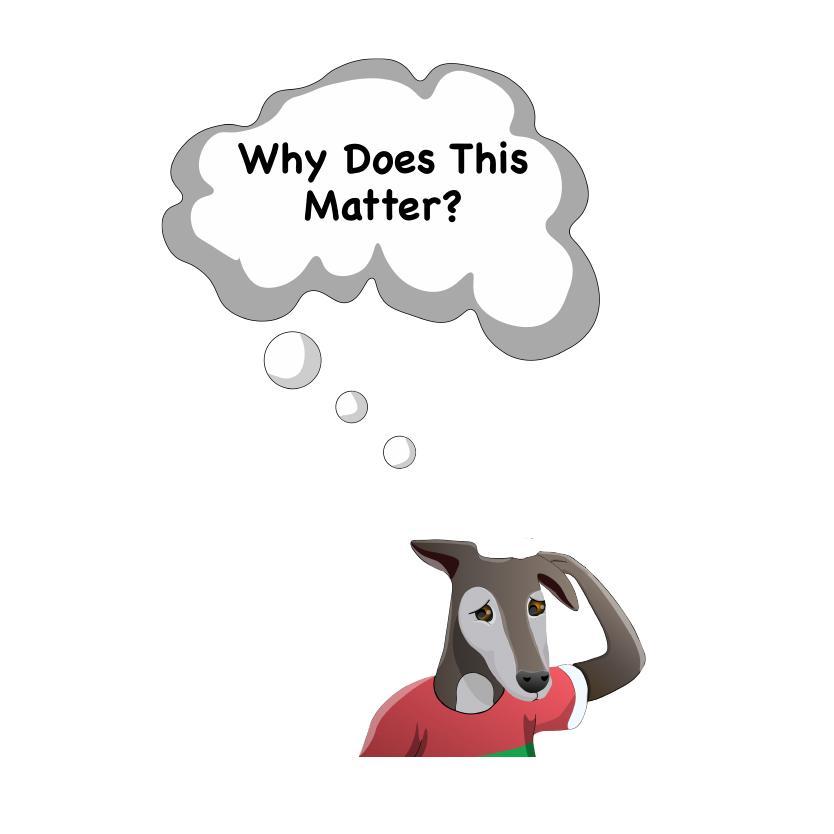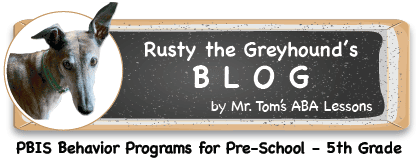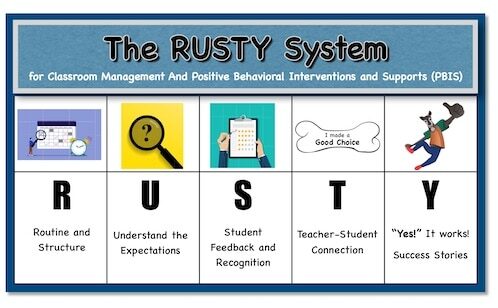
Lesson Modeling as a Behavior Support Strategy.
Students come from a variety of backgrounds. The diversity in our classrooms is one of the qualities that makes teaching fun. Unless we have worked with the students before, we cannot assume that our students have done a lesson like the one we are teaching.
Not to mention, a student’s involvement in a previous lesson varies. For this reason, model how students should do the lesson by showing them, not telling them. You implement the routine and structure (‘R’ of RUSTY) by modeling a lesson. Through modeling, you enforce a positive behavior management strategy.
What are the benefits?

Students understand the expectations (‘U’ of RUSTY) for a lesson when you make your instructions as clear as possible. Modeling the instructions for the students to see is an excellent way to use a Positive Behavioral Interventions and Supports (PBIS) strategy.
By removing the temptation for students to second guess your expectations, you maximize efficient class time. While modeling takes a decent amount of front-loading, the effort will make you say “Yes!” (‘Y’ of RUSTY). The students will show you better classroom behavior and quicker mastery of the lesson’s Standards.
Why does this matter?

Modeling uses the evidence-based instructional practice (EBIP) of scaffolding. Showing the students what to do is the start of scaffolding any lesson. This technique will support all student learning but especially students who need exceptional student education (ESE) accommodations.
What does this look like?

For the behavior management strategy of modeling, scaffold your lessons. First, show the students what to do by doing the activity yourself. If the activity would take a decent amount of time to model, have a sample ready. Depending on the activity, you may want to have the students do the first few (or all) steps with you.
For example, if you are creating a vocabulary foldable, show the students how to fold and cut the paper. For this kind of lesson, it’s a good idea for students to make the foldable right along with you. Also, have a final project, with writing in it, prepared to show the class.
Second, walk around the room to help the students as they work on the lesson. By involving yourself in each step of the process, you limit confusion and support positive classroom behavior. Students are less likely to misbehave when you are watching.
Using the vocabulary foldable example, check in with each student to ensure they complete the foldable correctly. This PBIS technique will ensure your students have the best chance of success for the lesson.



